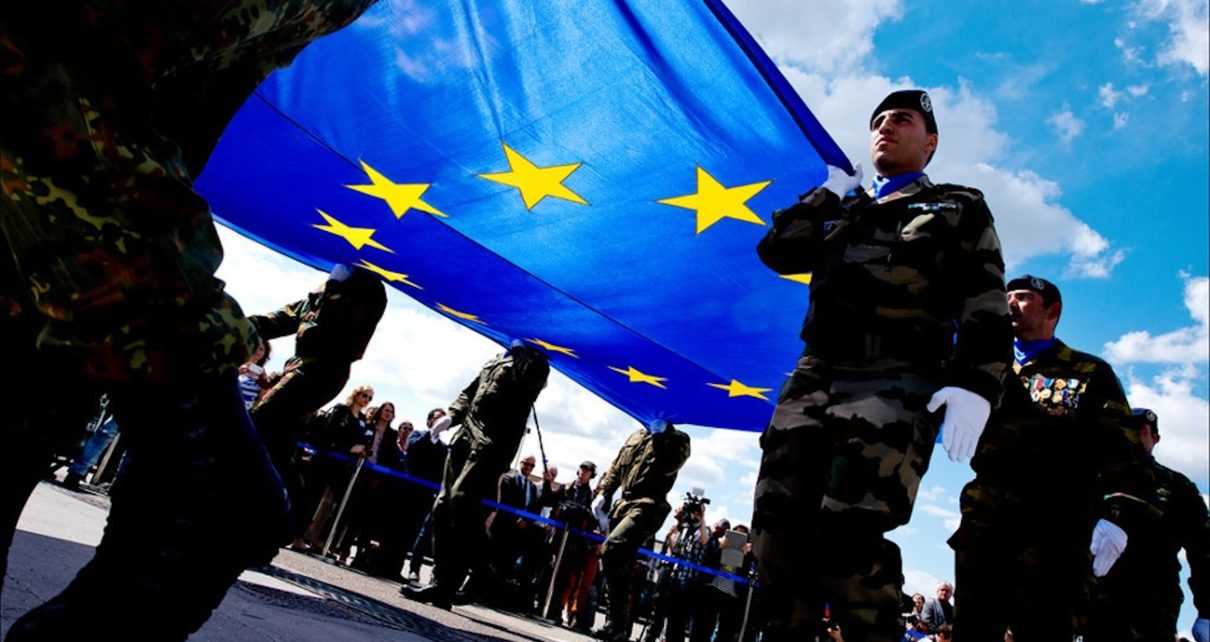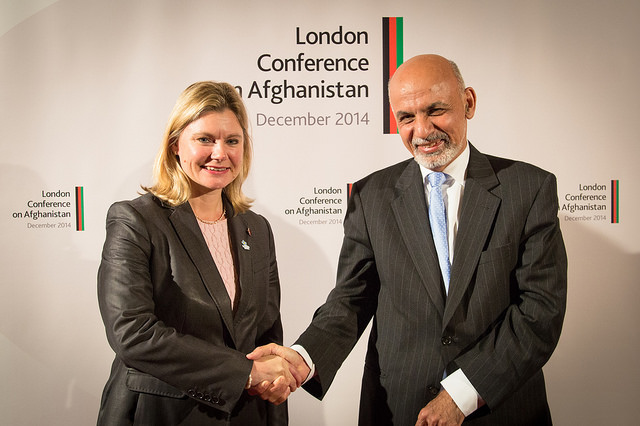Europe faces unprecedented security challenges, and the European Commission is seeking the opportunity to transform its defence-industrial base by creating the European Defence Industrial Strategy (EDIS), pledging €1.5 billion to support this initiative between (2025-2027). Critical procurement vulnerabilities have been exposed since the COVID-19 pandemic, Russia’s invasion of Ukraine, and the potential return of a Trump administration. Addressing these vulnerabilities and diversifying European supply chains is essential to ensure the security of critical supplies and to reduce Europe’s dependence on non-EU states for equipment. This presents a watershed moment for the EU and its 27 member states to enhance their defence industrial base in order to address critical capability gaps and increase readiness, responsiveness, and resilience. The EDIS will join a list of EU defence policies and instruments, including the Capability Development Plan, the Coordinated Annual Review on Defence (CARD), the Permanent Structured Cooperation (PESCO), the EDF and the European Defence Industry Reinforcement through Common Procurement Act (EDIRPA), and the Act in Support of Ammunition Production (ASAP). These policy developments are all shifting the EU closer towards being a defence and security geopolitical player and beyond its traditional influence in trade and regulation. However, it is unclear how politically and economically feasible the EDIS is in the EU, and third, how it will affect the relationship with non-EU NATO allies and other strategic partners in the Indo-Pacific.
The EDIS seeks to address deficiencies and bolster the European Defence Technological and Industrial Base(EDTIB) and the European Defence Fund (EDF), both of which seek to increase Europe’s defence industry and foster closer collaboration amongst EU member states on development and procurement. The EDIS seeks to alleviate the issues of defence spending fragmentation and overreliance on weapons imports. The strategy includes increasing intra-EU defence trade to 35%, stipulating that 50% of an EU member’s defence procurement originates from EU-based suppliers by 2030 and 60% by 2035, and that 40% of defence equipment procured is being bought collaboratively (i.e., between two or more members). The EU believes that collaborative procurement will alleviate capability gaps, including in ammunition production, and develop air and missile defence, space, cyber and maritime capabilities. The EDIS also seeks to preserve critical defence equipment, reform regulatory procurement mechanisms and enhance R&D.
Politically, directing defence acquisition towards EU-based industries is more likely to resonate with domestic audiences, with each €100 million in investment adding €150 million in GDP, 3600 jobs and €40 million in tax revenue. These investments in local economies increase technological prowess and skills and create jobs, all of which could also benefit other economic sectors, such as aerospace, artificial intelligence, space and shipbuilding. The EDIS however falls short for several reasons, first, the policy could be perceived as a violation of the EU’s treaties (TEU/TFEU) and supranational overreach on member state competencies. Under the EU’s treaties, national security and military expenditure is a core competency of the member state, and while the European Commission can regulate defence industry measures, historically these have been unsuccessful due to member states’ reluctance to pool security sovereignty. This includes twenty-one members that seek to limit the EC’s text in the ASAP, which initially proposed increasing ammunition production to one million shells per year.
Fiscal support at the EU and member state level are also critical due to the structural realities that the EU’s funding is tied to member state contributions and a multi-annual framework, which does not come in until 2028. Therefore, while €1.5 billion is a step in the right direction, it is a fraction relative to member’s defence spending at €295 billion in 2023, and an industry that had €70 billion in turnover in 2021. While the EU has sought to create a new Defence Commissioner to bolster coordination, the EC’s proposal for a €100 billion fund, inspired by the Coronavirus Recovery Fund, has been met with deep scepticism in ‘frugal’ members, such as the Netherlands and Germany. The other fiscal constraints come from member states’ budgets themselves, and the crisis in European manufacturing, as demonstrated by the per-shell unit cost of 155mm artillery shells in Germany increasing from $2,100 to $8,400 due to energy costs and inflation. European finances are further strained by pre-existing national debts after more than a decade of fiscal issues (i.e., the Eurozone crisis and coronavirus).
Finally, additional problematic hurdles the EDIS faces are transatlantic relations and non-EU strategic partners in the Indo-Pacific. Currently, the risk of overreliance on defence imports poses a significant security risk for EU members, particularly during increasing geopolitical tensions, such as the war in Ukraine and Great Power competition between the United States and China and a potential Trump administration refusal to honour existing defence commitments and defence contracts.
The EDIS is not feasible in the short- to medium term under the current fiscal and production constraints. Additionally, this shift could be perceived negatively by the United States, which represents 63% of EU defence acquisitions, and other critical partners, such as the UK, Japan, South Korea and Australia, all of which will find such blatant protectionism hard to digest. However, while it is understandable why the EU and its members are looking to bolster their defence industries after comments by Trump, it will not garner Trump’s support if he is to become president due to his transactional approach to geopolitics and alliances. Ultimately this could create a severe security dilemma for the EU and European NATO members, especially in Eastern Europe, as the most effective means to get equipment and ammunition with 75% of acquisitions currently coming from outside of the EU. Moreover, this will also hamper future collaboration with the UK and Japan, which currently have a major development project with Italy: BAE Systems 6th generation Tempest fighter jet. Thus, the strategy should consider development collaboration with external partners to avoid unnecessary political issues and the drastic fiscal costs of developing sophisticated capabilities.
For the EDIS and Europe to bolster their defence industries, the EU and its member states must consider collaborative mechanisms that utilize divisions of labour and comparative advantages, not just amongst the member states, but with NATO members and strategic partners in the Indo-Pacific. With the current threats and supply chain issues that Europe faces, it will take political will and fiscal power to achieve the goals of the EDIS.
Photo: “Soldiers carrying the EU flag” (2014), by © European Union 2014 – European Parliament via Flickr. Licensed under Creative Commons.
Disclaimer: Any views or opinions expressed in articles are solely those of the author and do not necessarily represent the views of the NATO Association of Canada.




